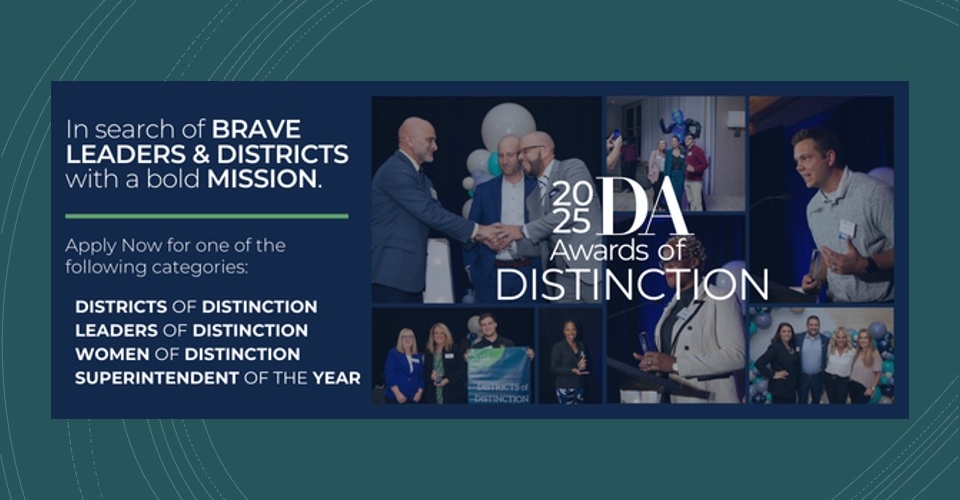Yes, the long-awaited ESSER spending deadline is finally upon us. Is your district prepared? Or will you have to make drastic changes to labor and other investments? If you’ve followed certain recommendations, you’re probably in pretty good shape.
“When the federal government gave out all these relief funds and said you have until 2024 to spend them, I think a lot of districts assumed this was the new spending level that would continue on and made spending choices as if all these commitments were recurring,” says Marguerite Roza, research professor and director of the Edunomics Lab at Georgetown University.
Traditionally, districts start each K12 budgeting cycle by taking last year’s spending plan and deciding what needs to change. Frankly, that’s an outdated approach, argues Roza.
Districts often don’t know what strategies worked. They’re rolling over budgets before test scores and other valuable data come in.
Districts also need to be honest about what works and what doesn’t. If you brought on an edtech tool and you didn’t see improvement, you should reconsider its value, and vice versa. It could be possible that technology is improving academics, and your labor tactics need rethinking.
“Take Title I for instance,” says Roza. “Districts tend to use their Title I on the same thing year after year, regardless of whether it’s working.”
Because it is tied to labor, leaders feel inclined to protect those investments, she adds. If edtech tools are a significant driver of academic improvement, then leaders should be honest with themselves and sustain the initiatives that are producing results, even if it’s a difficult decision for the community.
“I think we need to take a more critical eye to this budgeting process,” she says. “That’s going to be Edunomics Lab’s big push in the next couple of years. We’ve really got to do budgeting differently than we’ve done. It’s part of what’s getting us in trouble.”
So, you’ve been preparing for this deadline for months. Now what’s next? The inevitable conditions ahead will require stronger financial leadership from administrators. For some, that means accepting strategies that result in a shrinking workforce.
“There are better and worse ways to do that, and my advice is to be intentional instead of defaulting to using attrition or seniority-based layoffs,” Roza says.
Leaders who are hiring are in luck, she adds. There are more applicants than openings, allowing you to be picky and choose the highest-quality candidate.
This is also a time for leaders to think differently about pay and use data to better understand which positions need filling. Leaders should be targeting pay to staff in high needs schools and areas that are difficult to fill vacancies, including special education, math and science. Special programs could also use a new approach.
“We’re finding that while costs are rising, some of these programs aren’t delivering real value for students,” says Roza. “Rule of thumb: doing a better job at teaching reading to all students works to raise outcomes for students with disabilities.”
Overall, financial success post-ESSER requires leveraging limited resources to find ways to drive progress for students, Roza concludes. It’ll require a fresh set of communication skills to drive your workforce forward.
What makes an “A+” ESSER district?
It’s been four years since ESSER I funds were distributed to K12 schools to address the devastating impact COVID-19 had on their communities. Unfortunately, leaders have gotten a little too comfortable relying on these resources as a financial safety net.
Administrators are accustomed to recurring revenue, and they’re not used to single-year reductions in revenue, despite being warned that these are one-time funds, says Marguerite Roza, research professor and director of the Edunomics Lab at Georgetown University.
Districts have invested heavily in labor, hoping to attract and retain employees amid consistent teacher turnover and ever-changing perspectives of K12 education. Recent data from the Center on Budget and Policy Priorities suggests that—in states that have collected such data—nearly 50% of ESSER III funds went to labor costs.
As a result, many employees may be expecting pay raises over time. However, that won’t be the case for many.
An A+ district, according to Roza’s rubric, is one that clearly communicated their spending priorities—that includes hiring new talent with the expectation that the district may shrink its workforce when the time comes. That mindset, however, was missing in many districts, Roza notes.
Another example is using the temporary funds to incentivize teachers to take on more hours for tutoring or summer programs. For instance, Hawaii’s Department of Education in 2021 allowed incoming kindergartners who missed out on preschool and other early education opportunities to catch up through a free, three-week summer program.
The initiative was funded through pandemic relief, allowing the state to pay teachers $35 an hour to lead the program, the Honolulu Civil Beat reports.
“We really wanted districts to work on getting kids back up to speed,” Roza adds. “Some of them thought, ‘Well, I don’t want to make any commitments for labor, so I’ll just go ahead and do this facilities project.’ I understand that temptation, but at the same time, that doesn’t solve the problem that kids are way behind in math.”
Above all, districts should have taken an “eyes wide open” approach to spending temporary funds. Keeping enrollment at the forefront of decision-making has helped leaders better position themselves financially ahead of the spending deadline.
“If your enrollment has fallen, then using the money just to backfill your budget doesn’t necessarily improve outcomes for kids and it just delays the inevitable cuts,” explains Roza. “If you really did have falling enrollment, you might say, ‘Maybe I don’t need as many first-grade teachers or vice principals, but I do have some work over here for you to get kids back up to speed.”









